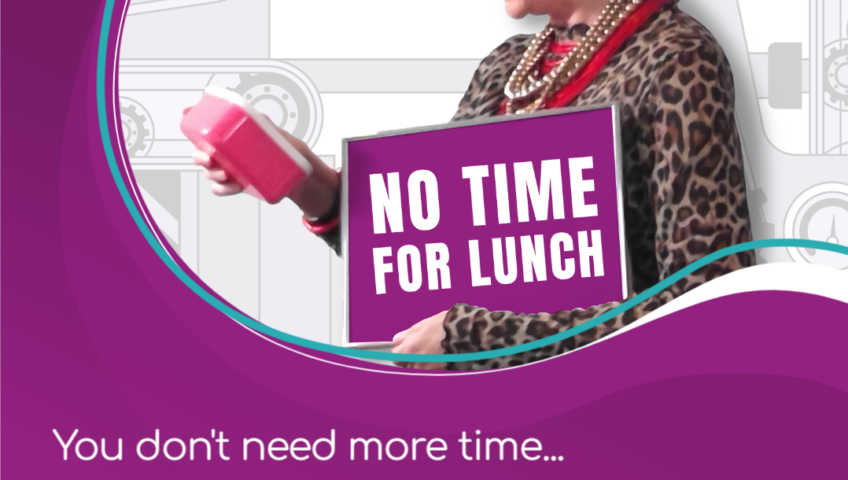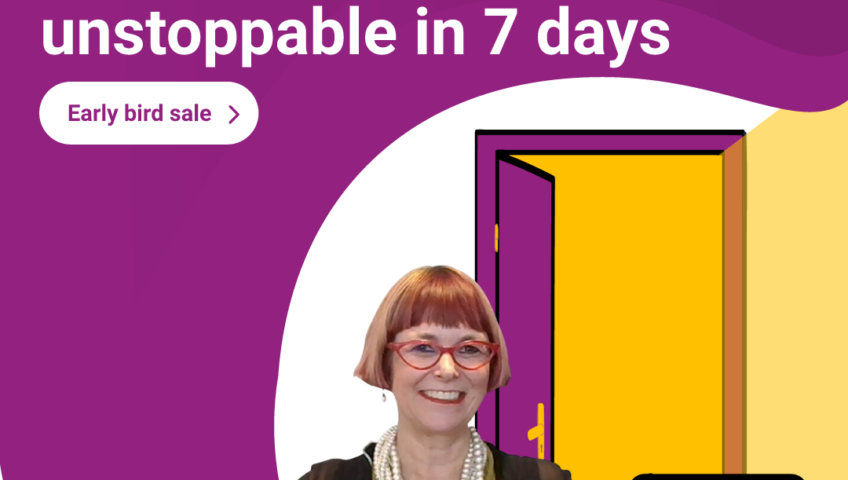If you’re finding work-from-home arrangements surprisingly tiring or unproductive, you’re not alone. It turns out that 70% of us are discovering the dream of working from home turning into a nightmare. According to a study published in 2021, working from home isn’t always the stress-free paradise we imagine. In fact, it can often increase your stress levels. Now, you might be thinking, “How is that possible?” Well, let’s dive into the research and see what it says.
The study found that in addition to social isolation and increased workloads, blurred boundaries pose a significant challenge for remote workers. You see, when you work from home, it can be difficult to separate your work life from your personal life. And that can lead to a constant feeling of being “on the clock”, even during off-hours.
Free e-book and video tips.Get your copy today!
|
|
So, how can you use this information to your advantage? Well, the key is to set boundaries, according to the researchers who did the study. They explain there are three types of boundaries: physical, temporal and psychological. You need to maintain all three to keep stress at bay. Here’s how.
Physical boundaries define the space between your work and living zones. To maintain them set up a dedicated workspace, use different devices for work and leisure activities, or establish clear start and end times for your workday.
Temporal boundaries mark distinctions in time. You can preserve them by setting specific times for work and sticking to them. This means not checking emails outside of designated working hours or staying bound to your computer all night.
Psychological boundaries enable you to separate work and personal life. To maintain them, you need to say ‘no’ to personal interruptions during work time. And to work intruding on your personal time. Plus, it helps to establish rituals to signal the end of work and the beginning of personal time, such as changing clothes or taking a walk.
Overall, working from home can be both a blessing and a curse. By understanding the potential stressors, you can make sure they don’t impact your mental well-being. Use boundary-setting techniques to create a clear division between work and personal life, stay connected with colleagues and take breaks when needed.
You can read the original article here.
This article summary was created by Eleanor Shakiba
Eleanor is a leadership trainer, success coach and people skills expert. She helps managers and business owners build thriving teams and organisations, using tools from Positive Psychology. She's trained more than 60,000 people during her career as a corporate trainer and professional development consultant. Her mission is inspiring talented people to become leaders who make a difference.










